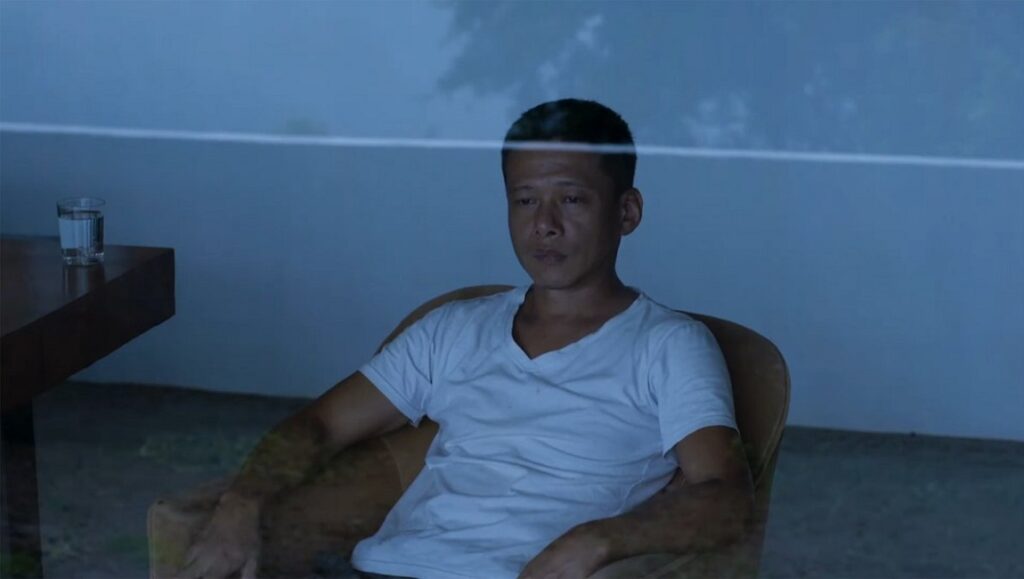Tsai’s latest, like the director’s best works, revels in the unexpected, sublime textures of daily routine and understated tenderness.
Those familiar with Tawainese auteur Tsai Ming-liang will know what to expect from his latest feature, Days, which won the Teddy Award at the 2020 Berlinale. With his trademark slow-burn style, Tsai assembles 46 shots over 2 hours, eschewing script, storyboards, and other conventional filmmaking processes for a poignant quasi-romance with virtually no dialogue. The result is a film that at times borders on documentary, created from reels of footage that de-emphasize conventional acting for long, naturalistic scenes that favor observation and spontaneity. From these reels, shot over several years and initially unrelated, Tsai edited together the narrative that would form the backbone of Days. Tsai’s approach, to “replace screenplays with images,” is a masterclass in the lit-class cliché “show, don’t tell.” The film’s lack of dialogue creates a singularly open-ended interpretive exercise while adding to its already stifling atmosphere. Characters rarely speak, and when they do, it is pointedly untranslated. In Days, spoken language is both a gateway and a trap: by saying one thing and laying claim to the meaning behind those words — and only those words — we implicitly deny everything else. Tsai understands the power of this negative space and so do his actors, who propel the narrative with a quiet restraint that nonetheless pulses with tension. His camera’s unrelenting stare can turn stultifying, especially when trained on utterly banal situations. As viewers, we’re tasked with enduring these long takes, just as his subjects must endure the act of living them.
Tsai’s two leads, mainstay Lee Kang-Sheng and newcomer Anong Houngheuangsy, in his debut, drift through different worlds before converging in a hotel room for two extended scenes of unflinching, almost unbearable tenderness. Their solitude suffuses nearly every shot, from Anong squatting in a dingy apartment washing vegetables to Lee standing at the foot of a tree massaging his neck. Tsai frequently shows his characters in positions of vulnerability, either praying, showering, or sleeping, and their passivity highlights the tactile sensuality of the world around them. This world is, for the most part, closed off to them — by choice or otherwise — yet their moments together breach the circle each has drawn around himself. For a while, they allow themselves to share the same space, breathe the same air, reach out and touch something soft and unfamiliar. While Taiwanese new wave cinema has many torchbearers, few are as inaccessible as Tsai. In the wake of his glacial pacing, it’s understandable that viewers feel compelled to imbue the simplest gestures with outsize significance. But life isn’t like that; life is a steady build of routine, a series of rhythms so familiar they verge on oppressive. As Tsai notes, “in life, there are not that many things to talk about.” We pass the same buildings each day and sleep in the same bed each night. Sometimes we’re with others, sometimes we’re alone. Tsai’s characters, and his viewers, seek solace in the unexpected, occasionally sublime textures of these routines rather than their unremarkable action: a perfect square of light in a dark hallway, the outline of a cat behind a bank of dirty windows, or the twinkle of a music box against passing traffic.
Originally published as part of Tsai Ming-liang: A Few Long, Lonely Moments.


Comments are closed.